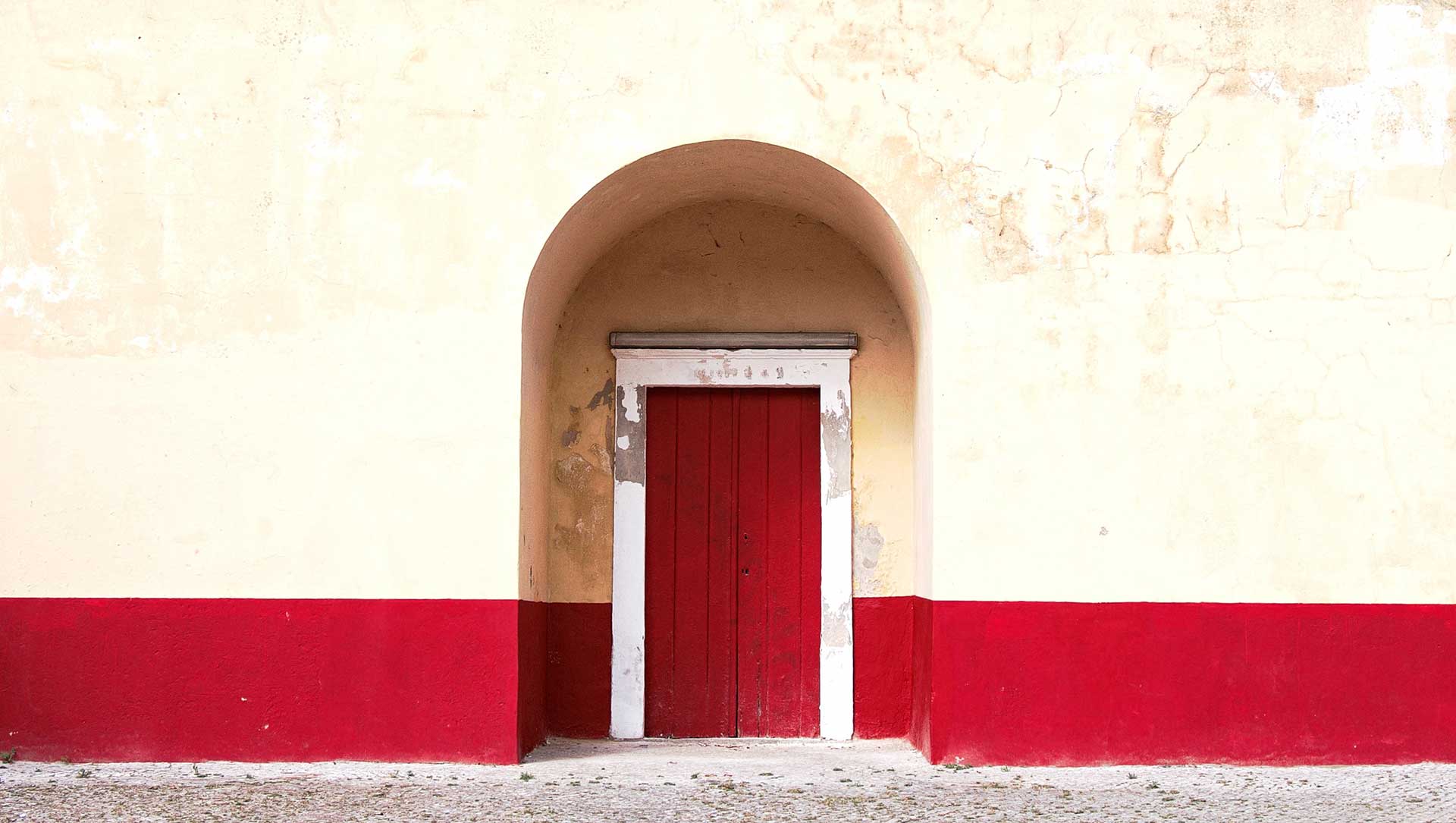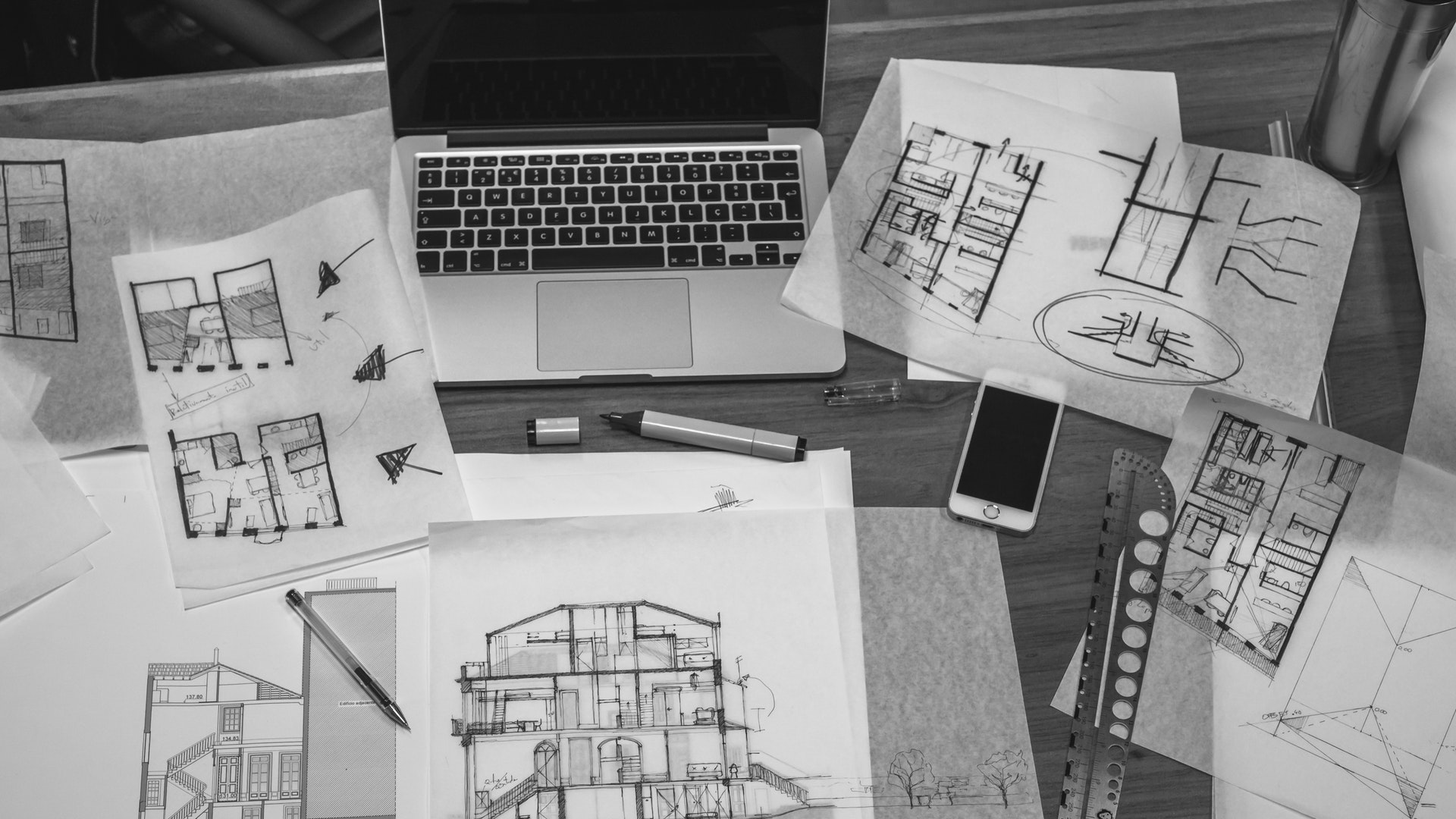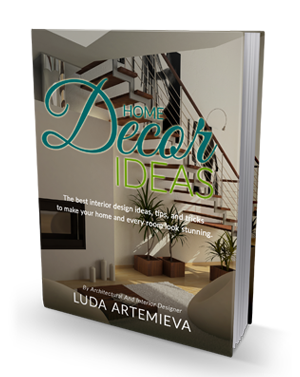Think about the nicest building you’ve ever been in. Maybe it was a museum with vaulted ceilings, white brick walls, and glorious archways. Or a modern library, with giant floor to ceiling windows, large metal support beams, and clean lines.
Whatever your favourite building, we can all agree that architecture – both grand and over the top and subtle and unique – can make you feel a certain way. So how does that apply to the design of your home? Can the place you go every day make you feel a certain way too?
Here’s just a couple ways that building design – interior and exterior – impact our mental states and how to replicate that in your home.
Buildings Make You Happy
It’s no question that a well-designed building can make you feel a certain way, but is that feeling happiness or just a feeling of awe? Well, De Botton argues the former.
A philosopher and author, Alain de Botton wrote a book on this idea called “The Architecture of Happiness”. He studies the impact of beauty on one’s emotional state, saying that the way a space looks can greatly impact mood in any given situation. Beyond that, he claims the idea of “beauty” is a direct translation of “this thing makes me feel good”.
Because he intertwines these two things, a beautiful design equals a happy mind. If you walk into a room and are overwhelmed by beauty, then you automatically are expressing your happiness in that moment.
The book itself is very thorough and examines other aspects as the contribution of historical context or human logic and their relation to our overall reaction to a building or design. Overall, his point to be made here is that beauty is directly connected to your happy feelings.
So how do you replicate this in your home? Look for standard replications of beauty standards. Make sure you practice symmetry in every room, because that will trick the brain to believe the space fulfills our idea of beauty in societal standards.
Interior Design Makes You Creative
Though we know that when we look at art we something feel inspired, there’s actually a lot of science behind why certain colours, room arrangements, or even temperatures can affect one’s creative control. Mainly, this explores different variables impact on the parts of the brain that control emotion, imagination, and logic which all work together to make you more creative.
Specifically, interior design has an impact on your brain through its use of lighting, furniture arrangement, and even colour choices. When it comes to lighting, choices that allow for a variety of options allow for spaces to have better influence on your emotional state. Lights that give off hues of blues and greens can help you generate more ideas. Dimmer lighting is proven to stimulate creativity in work places as it gives workers a sense of freedom.
Choose lighting and colours in your home that complement the structure and purpose of every room. Dimmer lighting in an office or entertainment area help your guests and yourself be more creative. Blues and greens are great for art rooms or creative spaces to ensure an area that stimulates ideas.
Home Design Makes You Smarter
An interesting study at the Carlson School of Management explored how ceiling heights – which we mentioned briefly earlier – also affect how a person thinks. Interestingly enough, after conducting a few tests, the researcher discovered several interesting things about how ceiling height affects a person’s ability to problem solve.
She compared the differences using a test of anagrams. In a room with a low ceiling, her subjects were very good at solving the anagrams if the word related to confinement or being enclosed (e.g locked, bound). With a high ceiling, the opposite was true. Subjects excelled in anagrams that were words like “limitless” or “freedom”. Because the height of a ceiling can influence the way we think about freedom, it also affected the way they think.
She also found that ceiling height then changed the kinds of logic they excelled at. Higher ceilings, more abstract, unrestricted thinking. Lower ceilings, more structured, reason-based thinking. All of this adds up to the architectural design of a work space being so important.
Think of an art museum – if they want people to think abstractly, higher lofted ceilings would be best. In an engineering building, lower ceilings would keep employees more focused and structured in thinking and less confused in solving detail-oriented problems. In your home, make sure you are taking into account the height of ceiling and structure of the home in every room.
Overall, the way a room looks has a huge impact on how your brain responds to your environment. From making you think happy thoughts to giving you the light you need to come up with new ideas to ceiling height making you more logical, architecture has a wide array of impacts on our brain.
Have you noticed architectures impact on your brain? Let us know in the comments!




